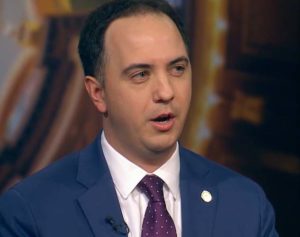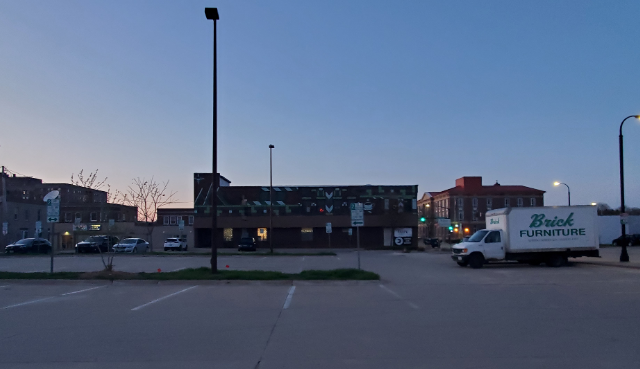Northern Iowa leads what was a dry September overall in Iowa

DES MOINES — All of the counties across the northern third of Iowa wrapped up the month as the 10th driest September on record, which is significant given that’s over one-and-a-half centuries of record keeping.
Most of that region was two-and-a-half to three-and-a-half inches below normal for rainfall. State climatologist Justin Glisan says it’s no surprise the summer ended up being extremely dry overall.
“We averaged a little over 10 inches across the state and that’s about 3.5 inches below normal,” Glisan says, “so, 58th warmest summer out of 150 years of records but also the 29th driest summer in 150 years of records, so that’s where we really saw drought expand.”
The statewide average temperature for September was 65 degrees, which is about one-and-a-half degrees warmer than normal. He says the summer overall wrapped up just slightly warmer than normal, too. “The average temperature was about 73 degrees and that’s a little over a degree above normal, so a warmer summer but not a scorcher,” Glisan says. “We, of course, had heat waves and we also had some cooler periods, so those somewhat balanced out when we look at temperature.”
He notes Iowa is heading into October in much the same condition as last year, following an exceptionally dry summer.
“Luckily, October of 2021 was the eighth-wettest on record, which really staved off expansion and degradation of drought,” Glisan says, “but we need months and months of above-average precipitation as we move through fall, winter and 2023 to really start recovering, namely northwestern Iowa, but also much of southern Iowa.”
While we can rejoice that there have been relatively few tornadoes in Iowa this year, and even few severe storms, but that carries a dual result. “We’re tailing off in terms of severe weather events,” Glisan says. “June and July are the hotspots, even into May. Lack of severe weather translates into lack of thunderstorms and that translates into a lack of rainfall and hence, we saw drought conditions expand across much of the state.”
Iowa is two-and-a-half years into the drought now and Glisan says if we go back to early 2020, some areas of northwest Iowa have a significant precipitation deficit of 15- to 25-inches below normal for rainfall.




